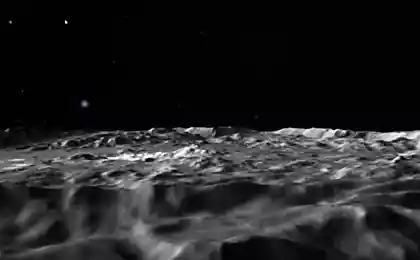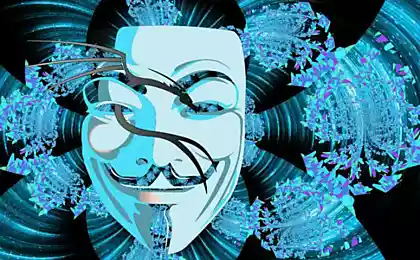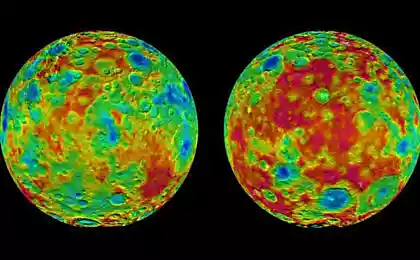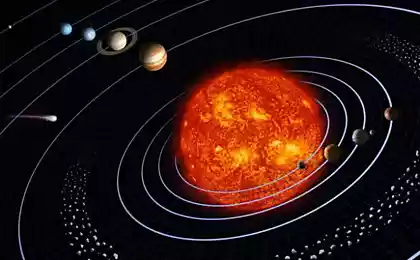1605
Above the bright spots of Ceres seen strange haze

NASA / JPL-Caltech / UCLA / MPS / DLR / IDA i>
Ceres, one of the largest asteroids of the solar system, continues to surprise astronomers and amateurs. The fact that the crater in which the most notable are the bright spots of the object (there are other spots, smaller size), замечена haze . This phenomenon, discovered by the probe Dawn, «can be a sign of the existence of the atmosphere in the region of Ceres." Anyway, so says Christopher Russell, scientists from the University of Califon.
Dawn is orbiting Ceres (more than 4 thousand kilometers from the surface), since March of this year. And this phenomenon is observed from close range for the first time (in fact, every day Dawn or New Horizons do or discover something, which he had done or could not open). The same phenomenon has been observed by scientists from ESA using the космической Herschel in 2014. Then the scientists found that smoke - is water vapor, suggesting that the геологическую Activity on Ceres , which is 1/4 of the water.
Now a growing number of experts are inclined to think that spot - a way out of water ice on the surface, and the observed haze is a confirmation of this view. The theory, according to which the spots on Ceres - some salt, less popular, and confirmation of this yet.
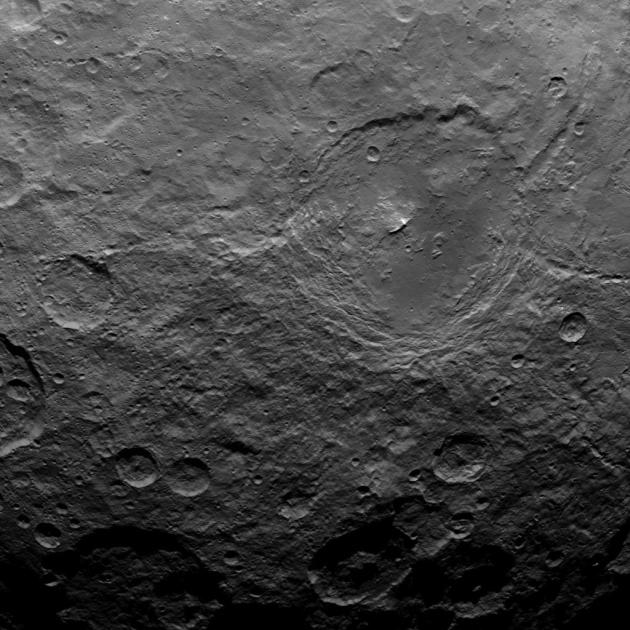
The surface of Ceres is covered with impact craters (Photo: NASA / JPL-Caltech / UCLA / MPS / DLR / IDA) i>
On board Dawn has an infrared spectrometer, which is no problem to discern the mineral salts and water ice. So far, the use of this tool does not work, because the probe is relatively far from the planetoid, plus spectrometer works from time to time.
At the moment the device has learned that Ceres is slightly less than previously thought, but a 4% denser than scientists say. But on the mountain height of Ceres found 5 km away, which has already been called a "pyramid", yet it is the informal name.
Now Dawn is located about 4000 km from the surface of Ceres, but next month will come nearer to the planetoid a distance of about 1500 km, and will continue rapprochement. Now Dawn interplanetary probe continues to move toward Ceres. Recently, the unit turned on the engine to start the maneuvers to get closer to Ceres. The maneuvers were successful, and the station is now moving in a spiral, is only 3, 9 thousand kilometers from the surface of the planetoid.
Source: geektimes.ru/post/259142/





